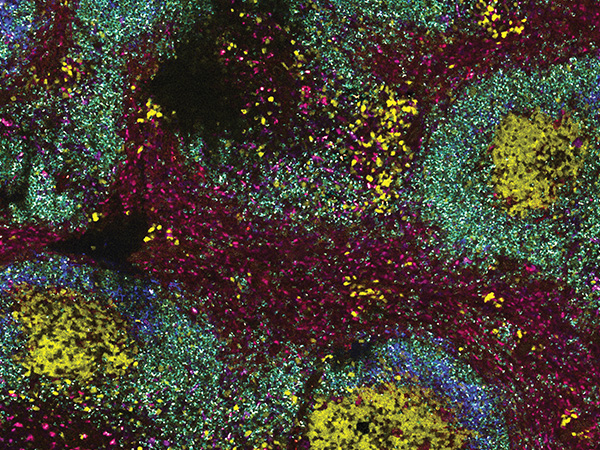Value-Based Cancer Care: Paying for Performance
Guest Post by William G. Nelson, MD, PhD
Editor-in-Chief, Cancer Today
The Centers for Medicare & Medicaid Services offers value-based programs that “reward health care providers with incentive payments for the quality of care they give to people.” Many private insurers offer similar payment approaches or are considering how to do so. The hope is that financial rewards will go to physicians, hospitals, and health systems that deliver the best patient outcomes, not simply generate the largest number of procedures, laboratory tests, radiographic images, and drugs.
For many health care services, however, the quality of care correlates well with the frequency with which procedures are performed. This seems to be especially true for surgery, for which there is often no substitute for a well-practiced technique. In cancer surgery—whether for cancers of the prostate, breast, lung, colon, or pancreas—high-volume surgeons and surgical centers tend to report better cancer control and fewer complications than low-volume surgeons and centers. High-volume centers for cancer surgery also appear to be more cost-efficient.
Of course, mastery is not just a desired attribute for cancer surgery, but a critical characteristic of all cancer medicine specialties, including radiology, pathology, radiation oncology, and medical or pediatric oncology. Frequently, such mastery is achieved via resolute focus on a limited scope of cancer medicine. Medical oncologists once managed all cancers for which systemic chemotherapy might be needed. Now, there are breast cancer medical oncologists, genitourinary oncologists, gastrointestinal oncologists, gynecologic oncologists, and specialists in hematologic malignancies. These medical oncologists join similarly oriented physicians from other specialties, such as surgical and radiation oncology, in multidisciplinary clinics arranged around cancer types. The quality of care in these settings is significantly better. By steering cancer patients toward more effective treatment plans, these multi-disciplinary clinics are also likely to be more cost-efficient.
Most of these value-based measures will target individuals already diagnosed with a disease. Can these tactics be adapted to cancer screening and early detection on a large scale? Colonoscopy, mammography, Pap tests, prostate-specific antigen (PSA) blood testing, and low-dose computed tomography (CT) thoracic imaging all aim to detect cancer (or precancer) at the earliest possible stage, when treatments can be most effective. Yet for each of these screening approaches, a substantial number of asymptomatic people need to be tested, possibly biopsied, and potentially treated to save a single life. The critical need may be for an inexpensive medical test with a high negative predictive value, that is, a test that can reassure people they don’t need to worry about a particular cancer and don’t require further expensive and unnecessary evaluation.
For an individual or for a population, the tireless pursuit of precision cancer medicine—getting the right intervention to the right person at the right time—will be the true driver of value-based cancer care. Simply delivering more interventions to more people all of the time clearly increases costs and heightens the risk of complications. The evolution of health care payment models toward rewarding quality may contribute to more quickly attaining a future free of the threat of cancer.
William G. Nelson, MD, PhD, is the editor-in-chief of Cancer Today, the quarterly magazine for cancer patients, survivors, and caregivers published by the American Association for Cancer Research. Nelson is the Marion I. Knott professor of oncology and director of the Sidney Kimmel Comprehensive Cancer Center at Johns Hopkins in Baltimore. You can read his complete column in the fall 2019 issue of Cancer Today.




